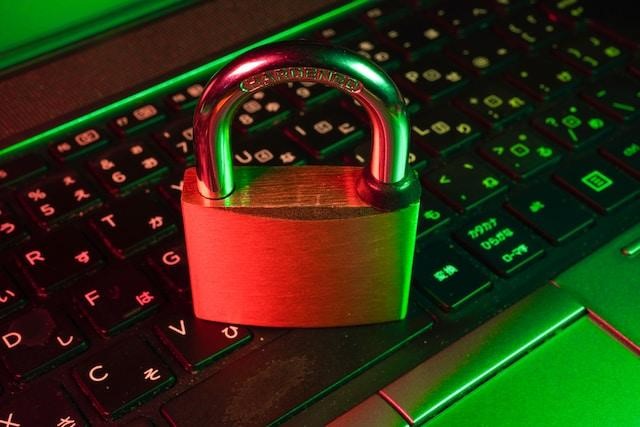
@ShahidNShah

In the ever-evolving digital landscape, cybersecurity has become crucial, especially for students. As young scholars navigate vast oceans of online information, understanding the basics of cybersecurity is not just beneficial but essential. This article delves into the core aspects of digital safety, offering practical advice for students to protect themselves in the cyber world.

The first step in cybersecurity is understanding the threats that lurk in the digital world. Cyber threats are not just limited to malicious software or viruses; they extend to phishing scams, identity theft, and online harassment. As students, you’re often targeted due to your access to university networks, trustmypaper.com services, and lower awareness of digital risks.
Imagine you’re walking through a crowded city. Just as you’d be vigilant about your surroundings, the same level of caution is needed online. Every click, download, or shared information can lead to a cyber threat. It’s like opening a door to your digital house; you must know who or what you’re letting in.
Think of your password as the key to your digital house. Would you feel safe if your house key was obvious, like ‘1234’? Not! This is why creating strong, unique passwords for each account is crucial. A strong password is a robust barrier against hackers accessing your personal information.
But how do you create a strong password? It’s more complex than it sounds. A good password should include letters (uppercase and lowercase), numbers, and symbols. Avoid using easily guessable information like your birthday or simple sequences. For added security, consider using a password manager. These tools not only help in generating strong passwords but also securely store them for you.
Two-factor authentication (2FA) adds an extra layer of security to your accounts. It’s like having a double-lock system on your door. Even if someone can guess your password, they can only access your account with the second verification step, which is usually a code sent to your phone or email.
Activating 2FA on all your accounts, especially those containing sensitive information like your email, social media, and bank accounts, is smart. This simple step significantly reduces the risk of unauthorized access to your accounts, ensuring your data remains protected.
Phishing scams are like the con artists of the digital world. They trick you into giving away personal information, such as passwords and credit card numbers. This is usually done through emails or messages that look like they’re from legitimate sources but are actually from scammers.
Always be cautious with emails requesting sensitive information, especially if they convey a sense of urgency or panic. Look for red flags like poor grammar, unsolicited requests, and mismatched URLs. Remember, no reputable organization will ask for your personal information via email.
Keeping your software updated is like getting regular health check-ups. Just as you need to stay healthy to fight off diseases, your devices need the latest updates to protect against new cyber threats. Software updates often include patches for security vulnerabilities that hackers can exploit.
Make it a habit to regularly update your operating system, applications, and antivirus software. These updates not only enhance security but also improve the functionality and efficiency of your software, providing a smoother and safer digital experience.
Navigating the digital battlefield requires vigilance, knowledge, and the right set of tools. By understanding the threat landscape, using strong passwords, enabling two-factor authentication, staying alert to phishing scams, and keeping your software updated, you can significantly reduce your vulnerability to cyber threats. Remember, in the digital world, your safety is in your hands. Stay informed, stay cautious, and embrace the learning journey in this ever-changing digital age.

Barbara Freeland is an experienced writer specializing in cybersecurity and digital safety. With a background in computer science and a flair for clear, engaging writing, she excels at breaking down complex technical topics into accessible content for a broad audience. Barbara is known for her ability to craft informative articles that educate and empower readers to take proactive steps in protecting their digital presence. Her work reflects a deep commitment to raising awareness about online security challenges and solutions in the ever-evolving digital landscape.
In the ever-evolving landscape of education, Artificial Intelligence (AI) has emerged as a game-changer, revolutionizing how students learn and interact with educational content. From personalized …
Posted Jan 5, 2024 Artificial Intelligence Education
Connecting innovation decision makers to authoritative information, institutions, people and insights.
Medigy accurately delivers healthcare and technology information, news and insight from around the world.
Medigy surfaces the world's best crowdsourced health tech offerings with social interactions and peer reviews.
© 2025 Netspective Foundation, Inc. All Rights Reserved.
Built on Jul 3, 2025 at 1:38pm